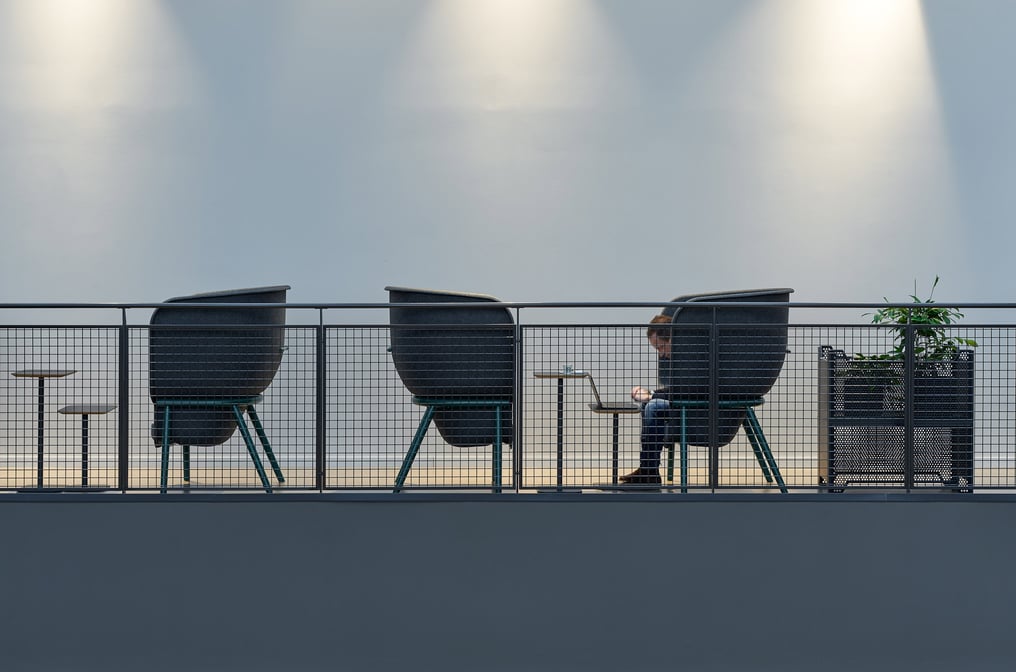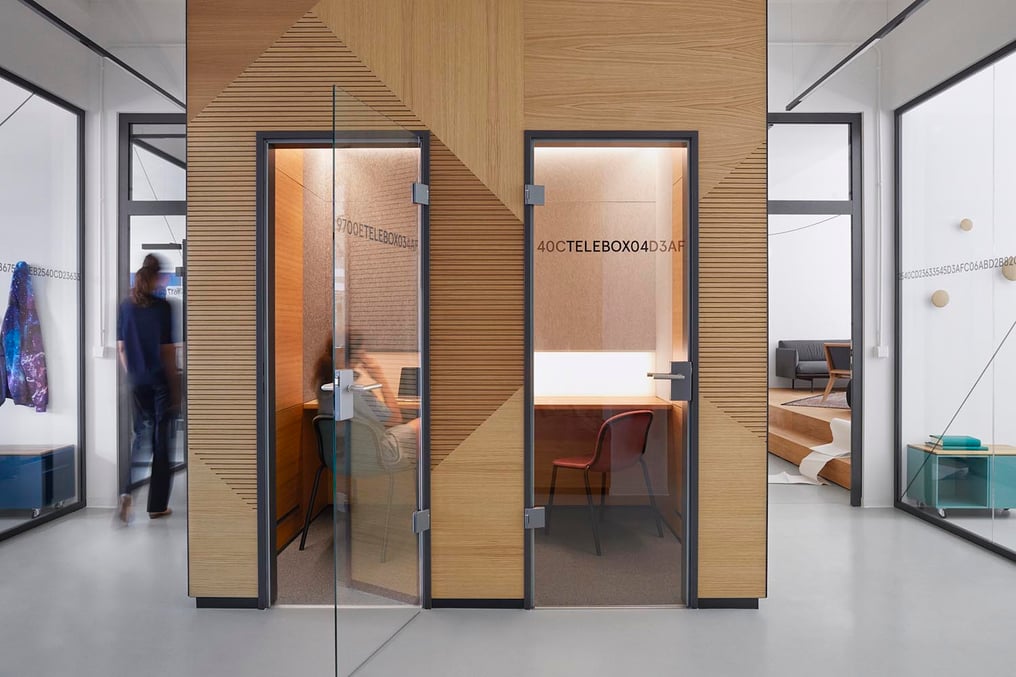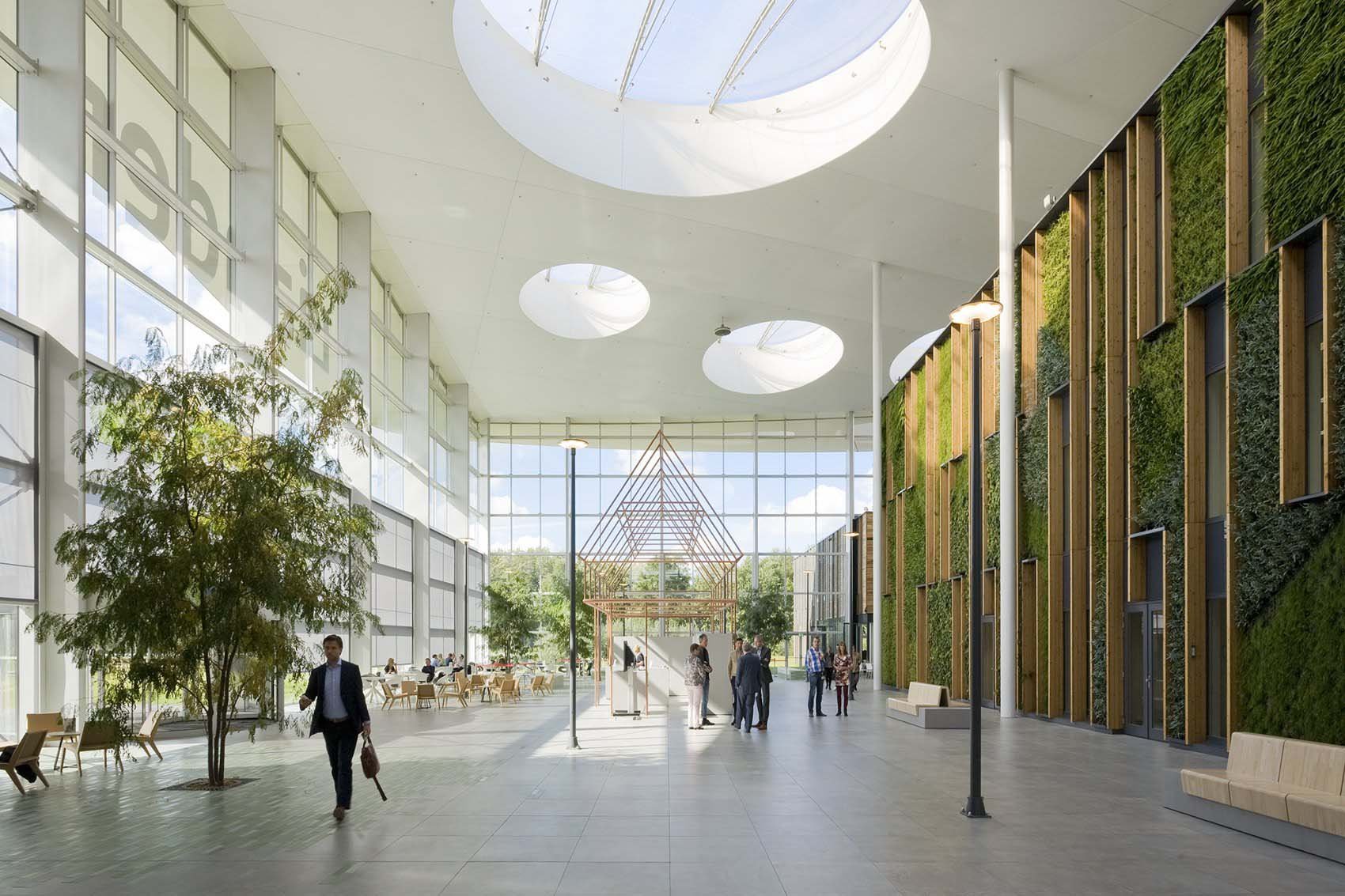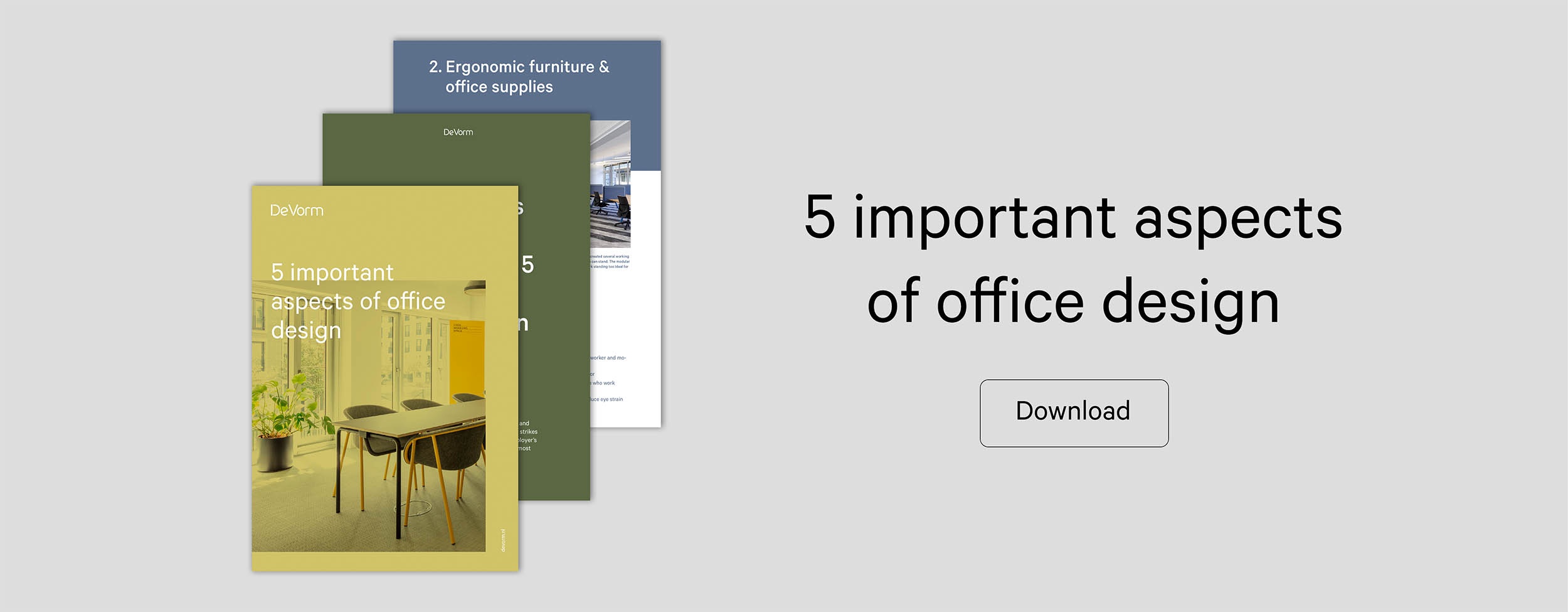Journal
5 Lessons We’ve Learned About Office Design
Companies are getting more and more creative with their office design in an attempt to foster collaboration and keep employees happy. So, which office design initiatives have proven to work? What is it that makes people love their workplace? A tricky puzzle to solve, but we took our chance. See what we've found out!
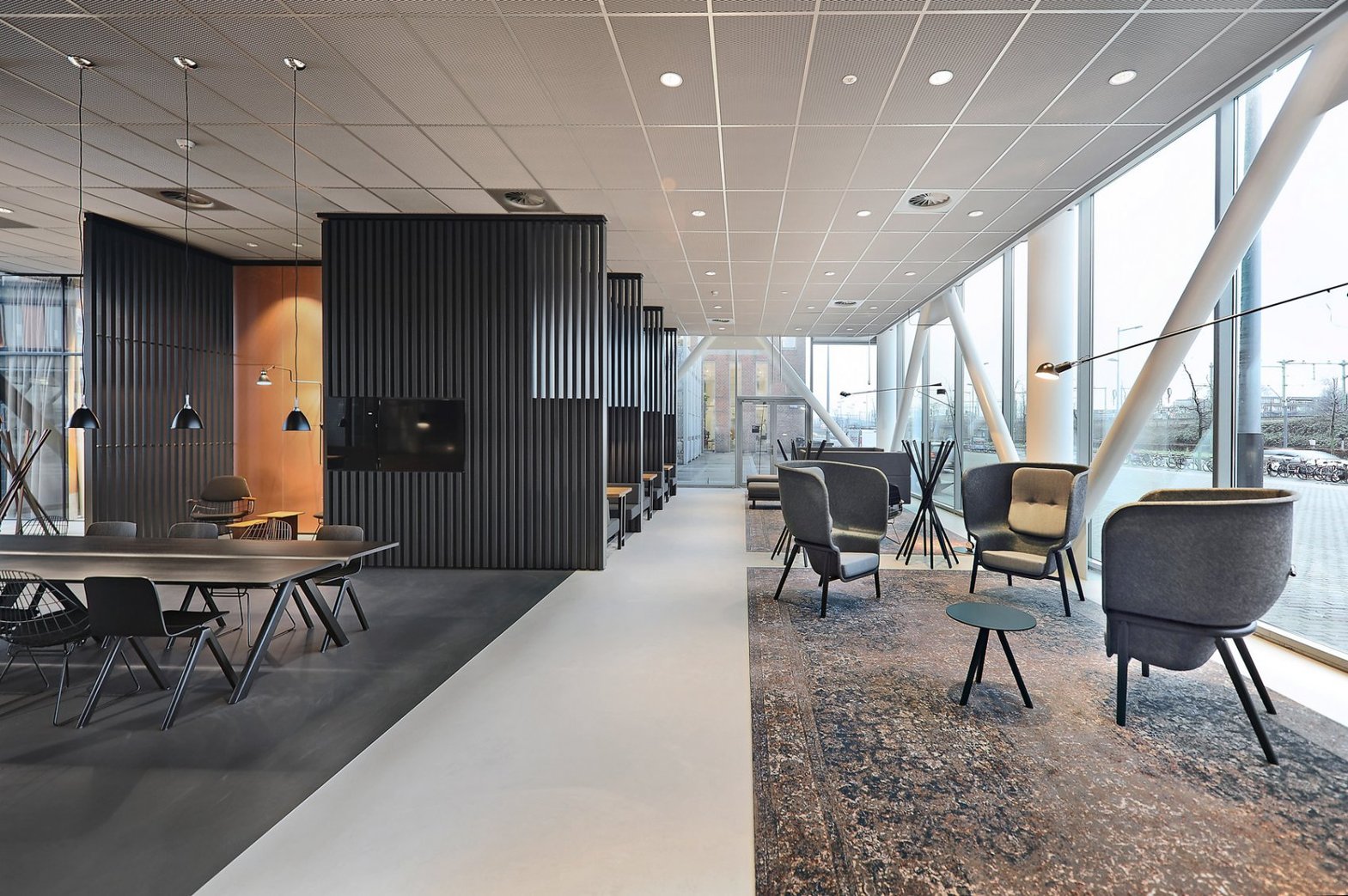
Multiple pieces of research have been made by Gensler, Steelcase, Leesman and other leading design companies to discover what people appreciate the most about their offices. We’ve collected the key findings to see where they intersect. This has left us with five ultimate lessons for creating a great office design.
Open office should be private too
According to Gensler, people see their ideal workplace somewhere between the extremes of ‘private’ and ‘open’. The majority of respondents described their preferred workplace as mostly open, with private spaces available on demand. Such office setting is also ranked the highest in terms of employee productivity and experience. Interestingly, only a small fraction of respondents have chosen totally open or totally private office as their preference. This also makes us believe that the truth is indeed somewhere in the middle. The most optimal solution is to deliver a variety of places to support both needs.
‘The majority of employees describe their ideal office as mostly open, with private spaces available on demand.’
There are four key areas that need to be available to employees — the places to focus, learn, collaborate and socialise. The focus areas should be private and silent, just like most of the learning zones. At the same time, collaboration and socialization usually happens in open and public spaces. Make sure your office includes spaces for all four needs and design each of them individually.
With the new social distancing rules coming to the modern workplace, this becomes even more relevant. People need their own space in order to feel safe at work. It might not mean the end of the open office, but this 'new norm' in office design requires higher attention to the privacy of employees. 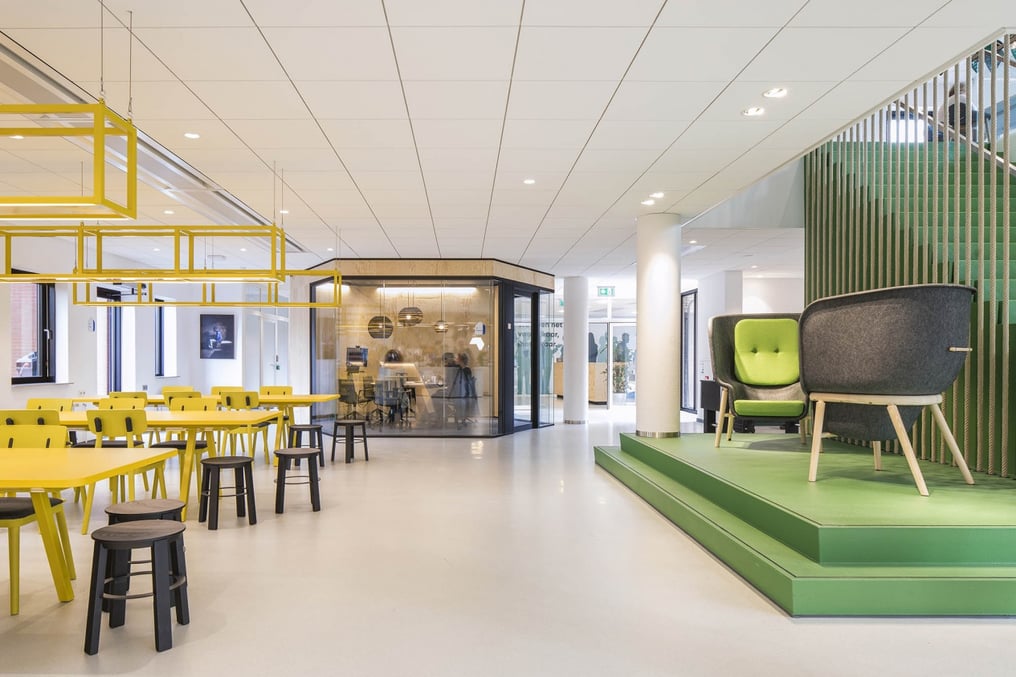
Every office needs variety and choice
Employees feel happier in flexible offices with a variety of working zones. Gensler states that up to 79% of workers who have access to various office areas report great experience, compared to 33% of those without such choice. A similar correlation was discovered by Steelcase — employees with more control over their workplace (for example, those who can choose where to work within the office) demonstrated higher engagement and satisfaction.
‘Allowing people to choose where to work within the office increases their engagement and satisfaction.’
Make sure your office design provides a variety of work settings accessible by all employees. And remember that variety doesn’t work unless people feel they actually have the right to choose. As studies show, even those employees who can work from different areas, refuse to switch to a different spot, feeling that it’s not welcomed in a team. So, workplace design lays down the foundation, but it will only work when supported by strong company culture.
Amenities are [not equally] important
Modern offices are packed with all different sorts of breakout areas, from onsite gyms to libraries. But not all of these areas are equally beneficial for employees. At the same time, not every office can provide a whole range of amenities. That’s why it’s useful to know which facilities provide the highest added value and include those to your office design.
‘Innovation hubs, maker spaces and quiet/tech-free zones deliver the highest added value to employees.’
Gensler compared different amenities in terms of their impact on employee experience and productivity. Innovation hubs and maker spaces demonstrate the highest added value to workers. However, these spaces are the most relevant for IT, media, consulting and finance companies. The highly appreciated amenity across all industries is a quiet/tech-free zone. Outdoor workspaces and focus rooms were also ranked high in terms of employee effectiveness and experience.
With this in mind, you can make better-informed decisions when it comes to investing in extra office facilities.
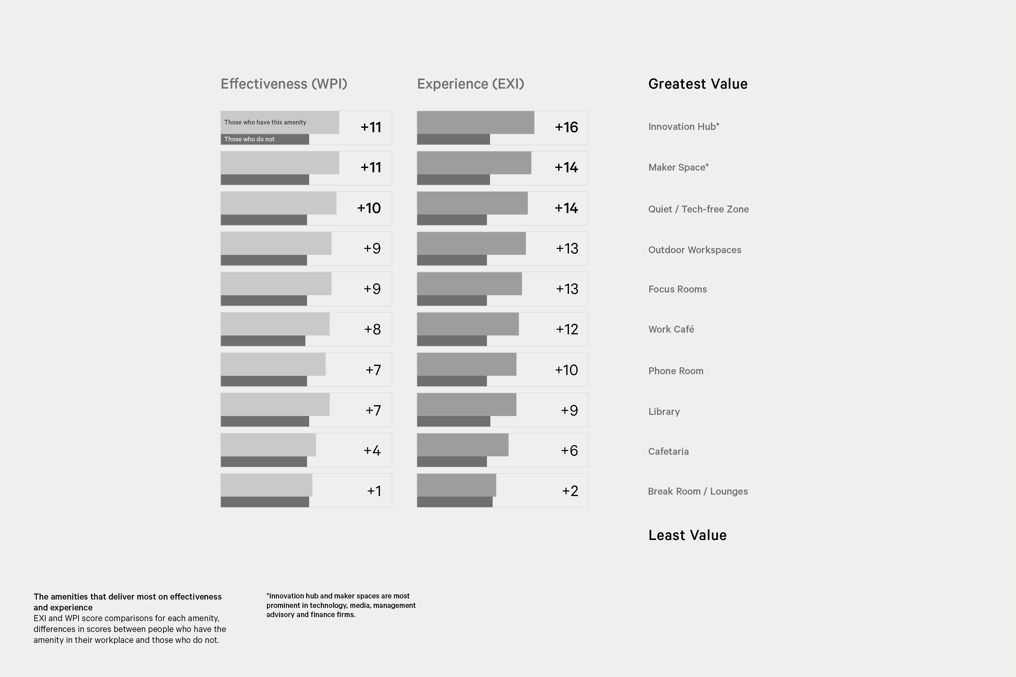 Fixed technology makes people less collaborative
Fixed technology makes people less collaborative
This statement seems so obvious that you’re probably wondering why we would even mention it. However, in the era of digitalisation, you will be surprised to learn that a vast majority of workers still use fixed technology, like a landline telephone (86%) and a desktop computer (80%). This makes people tied to their desk and less likely to interact with colleagues who aren’t in physical proximity. Given the above-mentioned need for mobility, fixed technology can also have a negative effect on employee engagement and satisfaction.
‘86% of modern workers are tied to their desk by a landline telephone.’
Fortunately, technology offers plenty of tools to fix that. And you don’t even need any complex hi-tech systems — mobile phones, laptops and good Wi-Fi will do most of the work. Additionally, make sure to provide power and charging stations across all working zones. These seemingly simple measures will greatly facilitate employee mobility.
Employees want their office to be sustainable
New generations care about the conscious goals of their employers. As much as 40% of millennials indicate that they have chosen a job because of the company’s sustainability values. At the same time, 64% of them stated that they wouldn’t work for an employer without a strong social responsibility policy
‘64% of employees would turn away a job from a non-sustainable company.’
Green becomes a norm of the modern office and designing a sustainable workplace is a good start to a corporate social responsibility initiative. Recycled materials, thermal insulation and simple things like light sensors are a must. Showing that you care will be appealing to your current and prospective employees, bringing a high return in the long run.
Every mentioned aspect of a workplace contributes to the overall employee experience. Learn how to make your office flexible and green, choose the breakout areas and ensure privacy-collaboration balance in our next articles.
